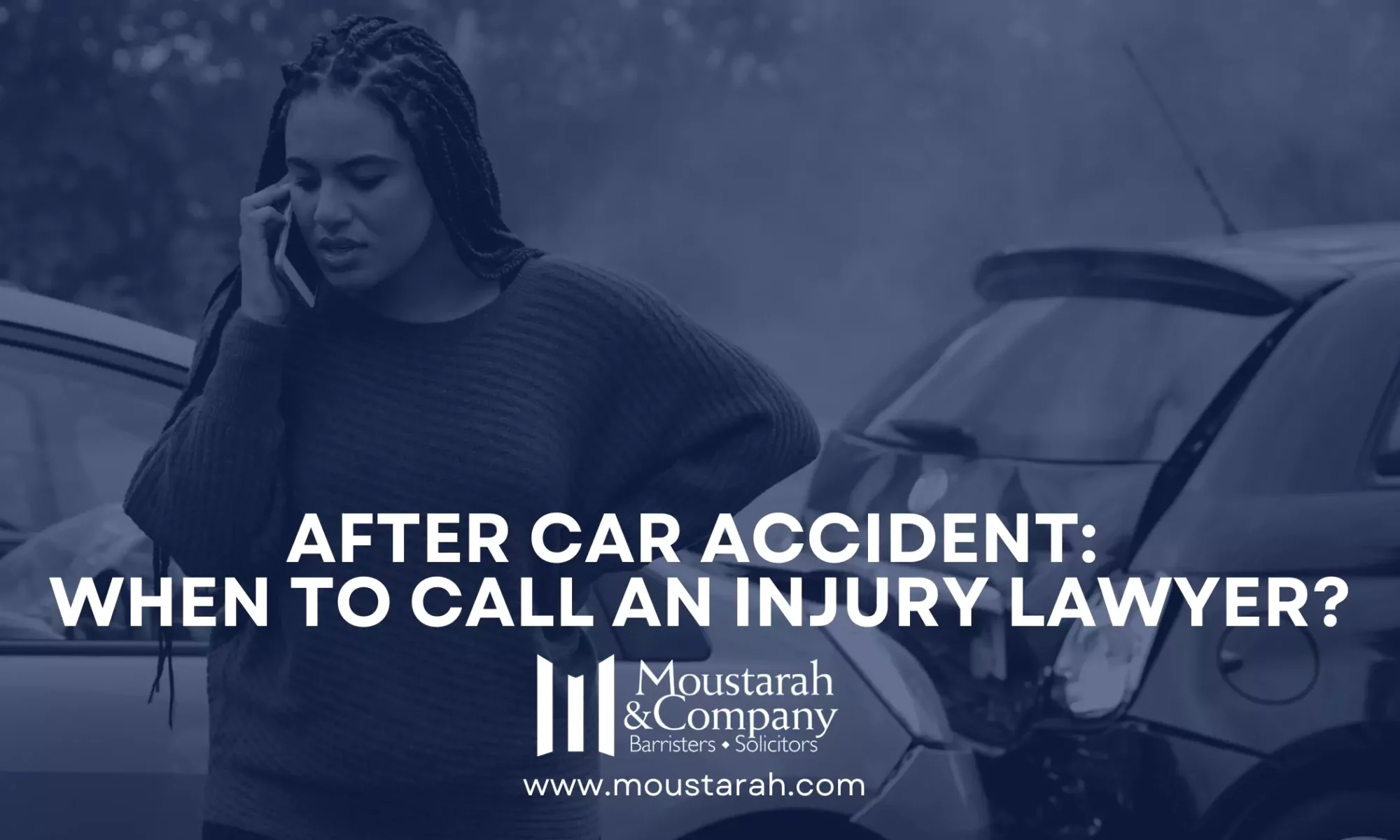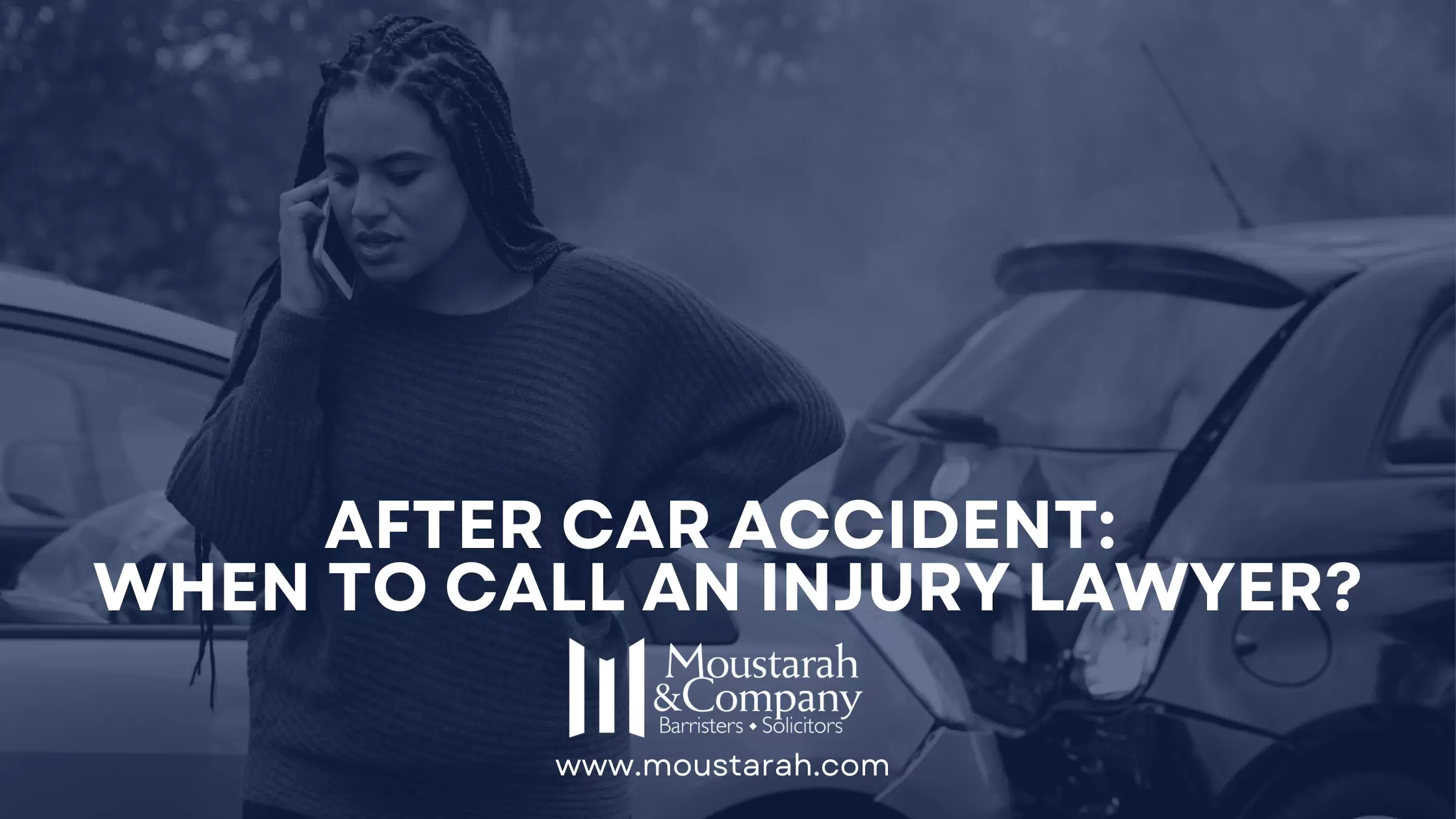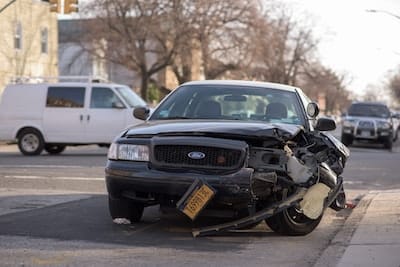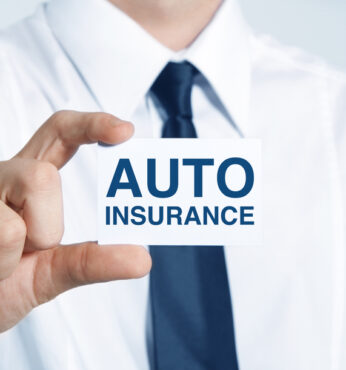A car accident can be a traumatic and chaotic experience, leaving individuals confused about what to do next. Knowing the right steps to take after a car accident in Edmonton is imperative not only for your wellbeing, but also for protecting your legal rights.
After a Car Accident in Edmonton: Vital Steps and When to Seek Legal Counsel
This comprehensive guide will give you an understanding of the steps you should take after a car accident in Edmonton and the circumstances in which it is advisable to contact a personal injury lawyer.
Immediate Actions After a Car Accident
Ensure Safety First:
The safety of all parties involved in an accident should always take precedence over any other concerns. According the topmost priority to safety will allow for a more effective response to the accident and ensure the well-being of everyone involved.
- Evaluate the situation and check for any injuries sustained by those involved. If injuries are apparent, call for medical assistance immediately so that the injured individuals receive the necessary care and attention. Avoid moving an injured person as it may aggravate their injuries.
- If the accident has taken place in a hazardous spot, such as a busy intersection or a freeway, move the vehicle to a safe location as quickly as possible. All passengers should get out of the vehicle and walk to a safe place if they are not seriously injured. This will not only protect the person involved in the accident, but also ensure the safety of other motorists and pedestrians passing by.
- Take care to see that you are not standing behind the vehicle, or between two vehicles to inspect damage. Your safety could be compromised.
- In cases where the injury is serious or a suspected impaired driver, vehicles need to remain where they are so that the collision scene can be investigated.
- In case the car is not in a drivable condition, turn on your hazard lights, or use cones, warning triangles or flares to alert other drivers.
Notify the Authorities:
It is of vital importance in the event of an accident to contact the Edmonton Police Service (EPS) promptly and report the incident. By doing this, you make sure that the necessary authorities are informed and can take appropriate action. On receipt of your call, the EPS will dispatch an officer to the scene of the accident.
Ensure that you co-operate completely with the police officer. Provide precise and details information about the accident so that they understand the circumstances surrounding the incident. This will help the police in their investigation.
Take the name, badge number and contact details of the attending police officer. In the first place, this will be useful since you have a point of contact if you need to follow up on the case or obtain any additional information. If the driver is not in a condition to make the report, a passenger should file the report, or the owner of the vehicle upon learning about the collision. Make sure you obtain a copy of the Collision Report form and witness statements. This may be required for insurance purposes or any legal proceedings that may arise from the accident.
Following these steps will ensure that the accident is properly reported and documented. In addition to helping with any potential insurance claims, it also contributes to the overall safety and well-being of the community since the authorities can take appropriate action based on the information provided.
Gathering Evidence for Your Personal Injury Accident Claim
Exchange Information:
After reporting to the police, the next step is to exchange contact and insurance information with the other parties involved. Record details of the exact location of the collision and the licence plate number, as well as the year, make, model and colour of the other involved vehicle(s). Exchange information relating to the drivers’ license, registration and insurance policy and company information. This will ensure you have the requisite information to file a claim and communicate with the other parties’ insurance companies.
In the event a driver is not co-operating, aggressive or refuses to provide you with such information or you believe them to be impaired, contact 911. In addition, document their licence plate number and take note of both driver and vehicle descriptions before they leave the scene.
Most important, take care not to:
- Assume responsibility for the incident in any way, or sign any statements about the fault.
- Pay or agree to pay for damages at the scene of the accident.
- Accept money or any form of settlement.
- Agree to forget about the accident.
Witnesses can provide valuable testimony and support your version of events if there is a dispute or confusion relating to the accident. It is crucial to talk to the witnesses who may have seen the accident or other passengers who can help corroborate the events and get their contact information. This will allow you or your insurance company to reach out to them later for statements or further clarification.
By taking the above proactive steps to protect yourself and diligently gathering this type of information, you are paving the path to a smooth claims process.
Document the Scene:
- Following the accident, try to compile as much evidence as possible. This will be helpful in any possible legal proceedings or even to support your insurance claim.
- Take photos and videos of the accident scene with whatever devices that are available like your smartphone. Going forward, this can be helpful in reconstructing the events leading up to the accident and establishing fault. Try to capture images from multiple angles and perspectives to provide an extensive view of the scene.
- Recording the extent of the vehicle damage is necessary, including taking images of any scratches, dents or broken parts. These visual records can serve as evidence of the impact and help to arrive at the cost of repairs or replacement.
- Recording the road conditions is vital since they play a significant role in accidents. Photos or videos of any debris, potholes, or other hazards that may have led to the incident will go a long way in establishing liability and negligence. Note any relevant road conditions, such as slippery surfaces or poor visibility.
- Take photos of any bruises, cuts, any visible injuries or other physical harm suffered by yourself or others involved in the accident. Such images can be useful in any personal injury claims since they can serve as evidence of the immediate impact.
- Further while things are still fresh in your mind, do note down any other relevant details of the accident. Record the weather conditions at the time of the incident, such as rain, fog, or snow.
- Make notes of any signs in the vicinity or traffic signals or visible marks e.g., skid marks.
The above steps will ensure that you are in a position to give a comprehensive account of the incident. This evidence can be crucial in supporting your insurance claim or any legal actions that may arise from the accident.
Seek Medical Attention:
The importance of seeking a medical evaluation post a car accident cannot be understated. At times, some injuries such as internal bleeding or soft tissue damage may not be obvious initially, but can worsen over time if left untreated. This is why it is essential to seek professional medical attention at the earliest. The healthcare professionals can thoroughly assess your condition and provide appropriate treatment, preventing any untoward complications.
It is important that you truthfully report all your pain and symptoms to all your care providers, which may include hospital or emergency staff, family or attending physicians, physiotherapists, and chiropractors.
Apart from the immediate health benefits, by seeking medical attention right after the accident, you create a clear timeline that links the incident directly to your injuries. This is useful when following up a personal injury claim. Delayed medical evaluations may convey a wrong impression to the insurance companies and legal professionals. They may see it as a sign that the injuries are not so severe, or directly related to the accident. Seeking immediate medical attention indicates that you take your injuries seriously and are taking proactive steps towards your recovery.
In summary, seeking immediate medical evaluation establishes a clear connection between the accident and your injuries. It also ensures that any potential injuries are identified and treated without any delay.
Notify Your Insurance Company:
The next step after reporting to the police is to initiate the claims process by reporting the incident promptly to the insurance company. The insurer can then begin the process of gathering all the necessary information and start the assessment of the liabilities and damages involved.
Precise and truthful information should be provided to the insurance company. All relevant information regarding the date/time and location of the incident, details of the parties involved, witnesses, any injuries sustained should be conveyed to the insurer. Any evidence or documentation that can help support your claim, including police reports, medical records, photographs of the accident scene etc. should be handed over to them. Do not hold back any details from your insurer. This will ensure that your claim is handled speedily and fairly.
Maintain a record of the communication with your insurance company throughout the claims process. Note the names of the representatives you speak to, the date and time of the conversation and the gist of the information discussed. In case any discrepancies or issues arise during the claims process, this record can serve as a valuable reference.
To reiterate, by promptly reporting the accident to the insurance company and sharing all requisite information, you ensure that you receive the necessary support from your insurance provider in processing your claim efficiently.
Consult an Injury Lawyer:
After a car accident, it is advisable to seek legal representation from an experienced Edmonton personal injury lawyer –
- if you believe the accident was caused by the other party’s negligence, or
- in the event you have endured significant injuries.
An adept lawyer can appraise the case and advise you in your best interests. He will make sure that you are aware of your options, help you to make an informed decision and guide you through the legal process. Remember that not all claims require the use of a lawyer. An experienced lawyer can help you decide whether or not your claim requires one by providing an initial case evaluation and recommending the next steps. If you have sustained serious injuries, a lawyer can help you to sail through the claim process. He can handle your claim including dealing with the insurance company and help you get adequate compensation for your injuries and damages.
Preserve Evidence:
It is very important to preserve copies of all pertinent documents throughout the process of dealing with an accident or injury. Such documents may comprise medical records, accident reports and any correspondence exchanged with insurance companies.
- Accident reports give a detailed account of the incident and will include information about circumstances surrounding the accident, the parties involved, witnesses etc. These reports typically are filed by law enforcement or other relevant authorities and serve as a crucial piece of evidence in building a strong case.
- Medical records are those which document the extent of your injuries and the treatment you have received. Details about your diagnosis, medications prescribed, medical procedures, and any ongoing medical care required are part of these reports. In addition to proving the severity of your injuries, they also demonstrate the impact they have had on your physical and emotional well-being.
- Another vital set of documents which must be preserved carefully is the correspondence with insurance companies. These may in the form of letters, emails, or communication exchanged with the at-fault party’s insurance company or your insurance provider. They may cover the discussions about liability, coverage, and compensation and as such, give clarity about any negotiations and discussions that have taken place.
- Last but not least, it would be wise to keep a record of the loss of income, out-of-pocket expenses and other damages or losses incurred due to the accident. Sometimes the process of settlement may go for a few months or years. In this scenario, instead of relying on memory alone, maintaining a detailed and up-to-date record of receipts and damages can ensure better accuracy in your claim for compensation.
Maintaining copies of the above documents will be of considerable assistance to your lawyer in proving the extent of your injuries and building a strong case on your behalf. It will help him to establish liability and negotiate a fair settlement. In the absence of these documents, the lawyer may not be in a position to present a comprehensive and persuasive case.
Conclusion:
Initiating the correct steps to protect your well-being and legal rights is vital after the occurrence of a car accident in Edmonton. While not every accident will require legal representation, approaching an experienced personal injury lawyer for guidance will help if you have suffered significant injuries or believe another party is at fault. Following the above steps and seeking legal advice when necessary, will ensure you are in position to navigate smoothly the complex repercussions of a car accident in Edmonton.





